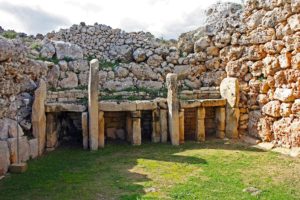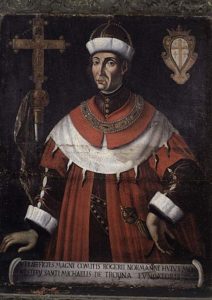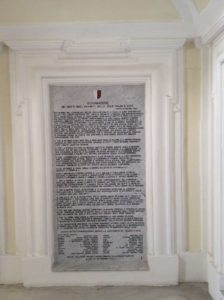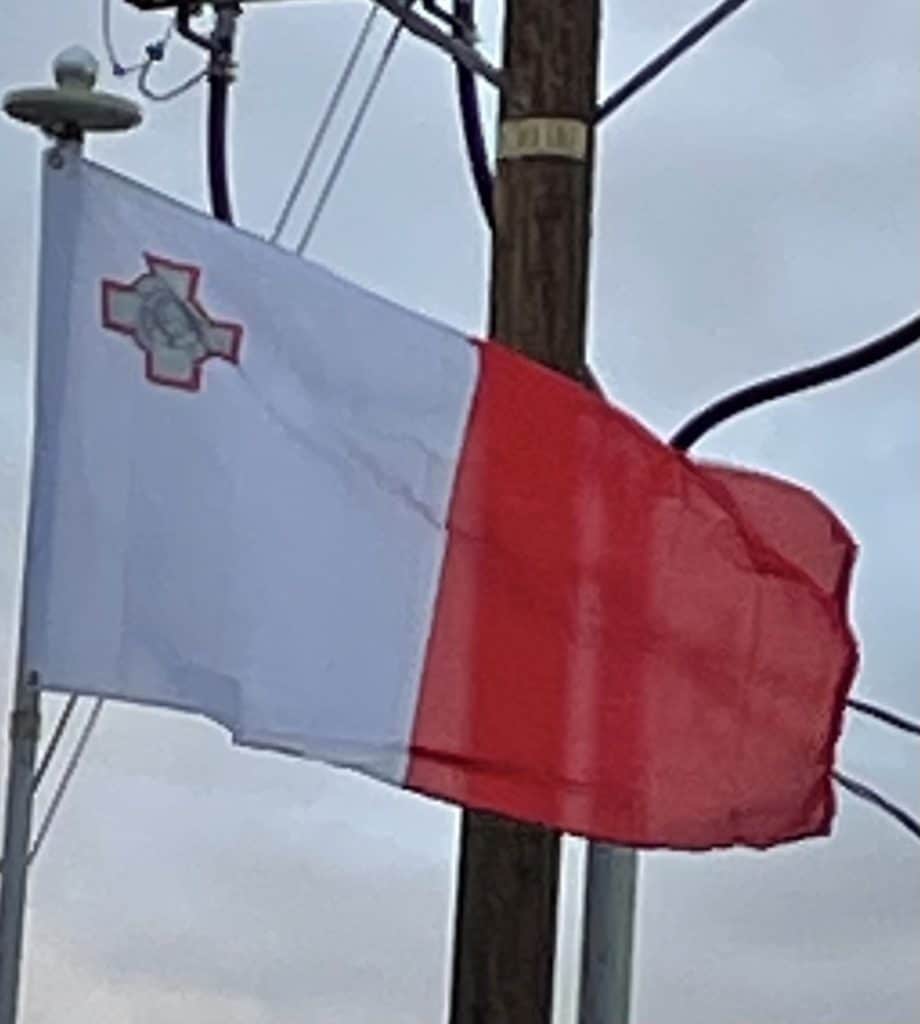
After a probable sack by the Vandals, Malta fell under Byzantine rule (4th to 9th century) and the islands were then invaded by the Aghlabids in AD 870. The fate of the population after the Arab invasion is unclear but it seems the islands may have been repopulated at the beginning of the second millennium by settlers from Arab-ruled Sicily who spoke Siculo-Arabic.
The Muslim rule was ended by the Normans who conquered the island in 1091. The islands were completely re-Christianized by 1249. The islands were part of the Kingdom of Sicily until 1530 and were briefly controlled by the Capetian House of Anjou. In 1530 Charles V of Spain gave the Maltese islands to the Order of Knights of the Hospital of St John of Jerusalem in perpetual lease.

The French under Napoleon took hold of the Maltese islands in 1798, although with the aid of the British the Maltese were able to oust French control two years later. The inhabitants subsequently asked Britain to assume sovereignty over the islands under the conditions laid out in a Declaration of Rights, stating that “his Majesty has no right to cede these Islands to any power…if he chooses to withdraw his protection, and abandon his sovereignty, the right of electing another sovereign, or of the governing of these Islands, belongs to us, the inhabitants and aborigines alone, and without control.” As part of the Treaty of Paris in 1814, Malta became a British colony, ultimately rejecting an attempted integration with the United Kingdom in 1956.

Malta became independent on 21 September 1964 (Independence Day). Under its 1964 constitution, Malta initially retained Queen Elizabeth II as Queen of Malta, with a Governor-General exercising authority on her behalf. On 13 December 1974 (Republic Day) it became a republic within the Commonwealth, with the President as head of state. On 31 March 1979, Malta saw the withdrawal of the last British troops and the Royal Navy from Malta. This day is known as Freedom Day and Malta declared itself as a neutral and non-aligned state. Malta joined the European Union on 1 May 2004 and joined the Eurozone on 1 January 2008.
This is an extremely truncated version of Maltese history. For a more robust telling see elsewhere.
Geography:
Malta is an archipelago in the central Mediterranean (in its eastern basin), some 80 km (50 mi) from southern Italy across the Malta Channel. Only the three largest islands – Malta (Malta), Gozo (Għawdex) and Comino (Kemmuna) – are inhabited. The islands of the archipelago lie on the Malta plateau, a shallow shelf formed from the high points of a land bridge between Sicily and North Africa that became isolated as sea levels rose after the last Ice Age. The archipelago is located on the African tectonic plate. Malta was considered an island of North Africa for centuries.
